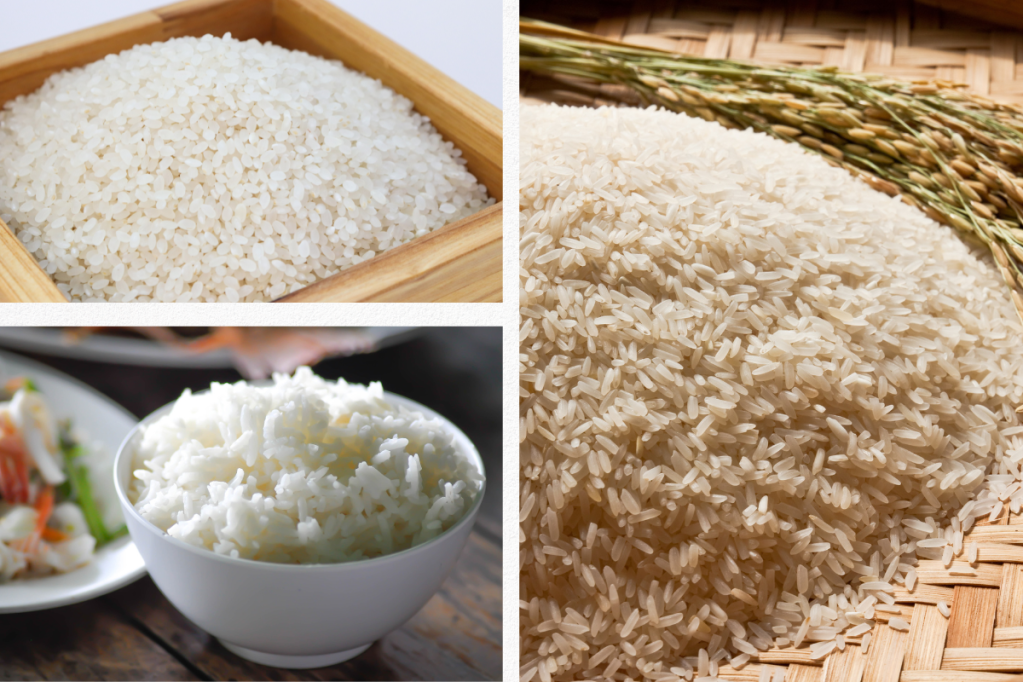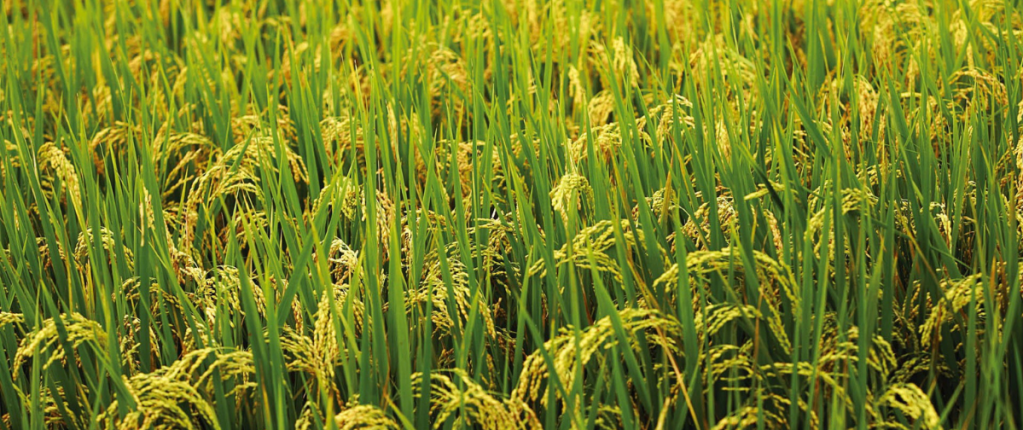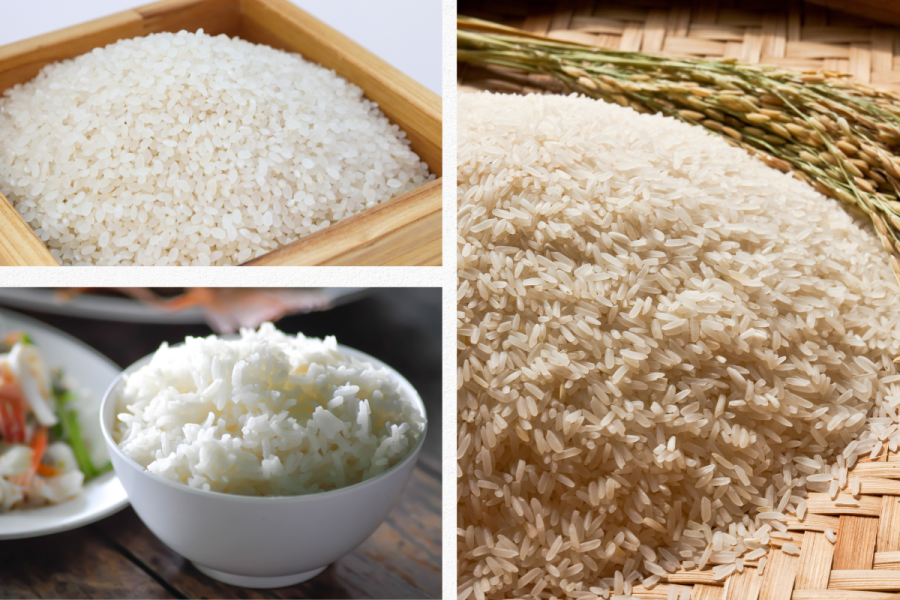
The Economic Impact of Rice Price Fluctuations on Singapore
In Singapore, the ubiquitous presence of rice as a staple food makes it an indispensable constituent of the local economy. Given the extant centrality of this dietary component, it is not surprising that the oscillations in rice prices can incur momentous economic repercussions that extend far beyond the dietary realm. This is especially pertinent for households with lower incomes, wherein dietary expense accounts for a substantial portion of the overall expenditure. The mounting costs of rice can contribute to inflationary trends that significantly undermine the purchasing power of the residents of Singapore. In light of these concerns, an exploratory investigation of the underlying drivers of rice price fluctuations in Singapore and their economic ramifications on the country appears indispensable.
The Role of Global Market Forces in Singapore’s Rice Prices
In the context of rice importation, Singapore’s reliance on its neighboring rice-exporting countries, namely Thailand and Vietnam, underscores its susceptibility to global market forces. Given the intricacies of the contemporary economic milieu, the oft-meteoric transformations in supply and demand, alongside the fluctuating exchange rates, can exert a prodigious influence on the price levels of rice in Singapore. Thus, any accidental or deliberate variations in the quantum of rice supplied by these prime exporting countries can instigate seismic shifts in the price mechanisms operative in Singapore. Correspondingly, the oscillations in the relative value of the Singapore dollar vis-a-vis the currencies of the exporting countries can engender substantial perturbations in the price dynamics of rice in the country.
The Relationship between Supply and Demand in Singapore’s Rice Market
The rice supply and demand dynamic in Singapore constitutes a highly complex and multifaceted phenomenon significantly influenced by diverse factors. The interplay of meteorological vagaries, global market forces, and consumer preferences, for instance, can affect the rice market dynamics in Singapore. For example, any surge in demand for rice stemming from either population growth or the ongoing transformations in dietary preferences can potentially impel higher prices, especially if the rice supply fails to correspondingly augment. On the other hand, favorable weather patterns and innovations in farming techniques can increase the quantity of rice supplied, thereby engendering a corresponding decline in rice prices in Singapore. A nuanced comprehension of the intricate supply and demand dynamics operative in Singapore’s rice market is indispensable for the proactive anticipation of the potential vagaries of future price fluctuations.
The Effect of Climate Change on Rice Production and Prices in Singapore

The growing existential threat of climate change has assumed alarming proportions for Singapore’s thriving rice industry. The escalating temperatures, coupled with the erratic and inconsistent rainfall patterns, can stifle crop yields and inflate production costs, thus exacerbating the prices of rice. Furthermore, the ever-present specter of unpredictable and catastrophic meteorological occurrences, such as inundating floods or withering droughts, can trigger a domino effect of supply disruptions and price volatility. Hence, it becomes imperative to delve into the intricacies of the impact of climate change on Singapore’s rice production and prices and to formulate and implement mitigation strategies to circumvent the potential adverse outcomes of this pressing existential crisis.
Analyzing Singapore’s Import and Export Policies for Rice
Singapore’s import and export policies regarding the rice trade can exert a salient and far-reaching influence on its domestic rice market. The manifold ramifications of such policies manifest themselves in diverse ways. Even the slightest policy tweak can trigger a palpable rice price fluctuations chain reaction. The reduction of import tariffs, for instance, can galvanize the rice supply, thereby generating a commensurate price decline. Conversely, an increase in export tariffs can erect barriers to the free flow of rice exports, leading to a limitation of the supplied quantum and an associated price hike. Analogously, any changes in the import or export quotas can have a discernible impact on the supply-demand equilibrium in Singapore’s domestic rice market, thus causing concomitant price fluctuations. A nuanced and rigorous analysis of Singapore’s intricate import and export policies regarding rice trade is, therefore, the sine qua non to comprehensively grasp the complex factors that shape and modulate the rice prices in Singapore.
The Role of Government Intervention in Stabilizing Rice Prices in Singapore
The government of Singapore possesses an array of tools, all of which can be skillfully wielded to stabilize the mercurial rice prices in Singapore and cement the nation’s food security. Among these are subsidies and price controls, which can be deployed to mitigate the destabilizing effects of price volatility or augment the rice supply. Moreover, the government can funnel substantial resources toward research and development initiatives to enhance crop yields while reducing production costs. However, implementing such interventions can only be considered with their concomitant unintended ramifications, including the onset of distortions in the equilibrium of supply and demand or the ebbing of incentives for innovation. Therefore, an intelligent and detailed analysis of the role of government intervention in stabilizing rice prices in Singapore is a pressing necessity that must be addressed urgently.
The Influence of Consumer Preferences on Rice Prices in Singapore
The impact of consumer preferences on the fluctuation of rice prices in Singapore is a complex and nuanced phenomenon, shaped by many factors such as cultural traditions, social status, and health concerns. The manifestation of these preferences can ultimately translate into increased demand for premium rice varieties or organically grown rice, thereby having a pronounced effect on the overall price level in the market. Furthermore, consumers may be willing to pay exorbitant prices for rice that meets their preferences, amplifying the influence of consumer preferences on rice prices in Singapore. Therefore, a comprehensive understanding of the complex interplay between consumer preferences and the dynamics of rice prices is pivotal for projecting future trends in demand and supply.
Conclusion:
The intricate web of factors influencing rice prices in Singapore necessitates a comprehensive analysis that accounts for the complexities of the market. Global market forces, such as exchange rates and changes in supply and demand, can impact rice prices in Singapore due to its reliance on imports from major rice exporters. Meanwhile, supply and demand dynamics are subject to various factors, including weather patterns, population growth, and consumer preferences. Climate change further compounds these challenges, with rising temperatures and changing rainfall patterns posing a significant risk to crop yields and production costs. Government policies, including import and export tariffs and subsidies, also shape the balance of supply and demand. Additionally, consumer preferences for premium varieties or organically grown rice can influence the overall price level in the market. A deep understanding of these factors and their interplay is necessary to predict future trends and develop effective strategies to ensure Singapore’s food security and economic stability.
